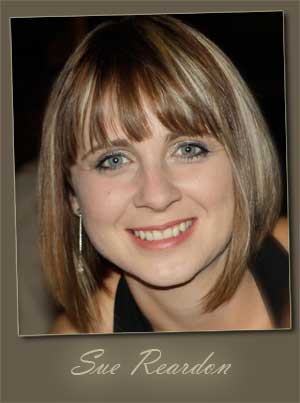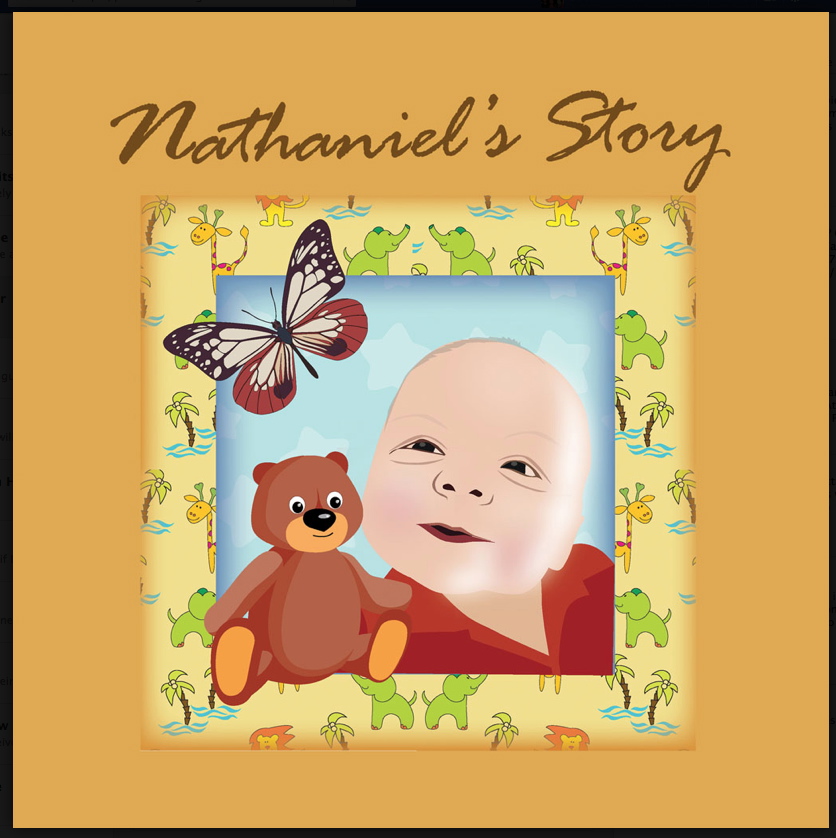 Sue Reardon shares the how to’s of telling your child’s adoption story.
Sue Reardon shares the how to’s of telling your child’s adoption story.
Being adopted often comes with a number of unanswered questions. As parents, one of our roles is to provide our child(ren) with as much information about their personal stories as possible. Creating a Lifebook can be an invaluable tool in helping our kids make sense of their stories and gain affirmation for the questions and feelings they may one day face.
Many publishing companies are recognizing the unique ways in which our families are formed and have adapted traditional baby books to include pages to recount important details on the adoption process and birthfamily histories. But a Lifebook becomes much more than that by telling the whole story.
It is important to note that a Lifebook should tell the story of the child and not the parent. Whether your child joined your family from the hospital, an orphanage or the foster care system, their stories began long before they entered your home. So, when creating a Lifebook, it’s important to start from the beginning. While we have always spoken freely of adoption, one day my little girl mentioned being born in a rocking chair. Of course she wasn’t, be it occurred to me that the first photos of her begin as she is being handed to me, while sitting in a rocking chair. Although she had been provided with most of the details surrounding her arrival, it was essential to go back and connect many of the dots for her. Having a Lifebook would have been a tremendous help.
A Lifebook should include as much information as possible. The details you include regarding your child’s birth family or country of birth may be the only thing they will have from their beginnings. And each word or detail, no matter how small, becomes a treasure. Sometimes sharing certain information is difficult, but it is also necessary. It’s natural to want to shield your child from some parts of their story. But their story, in its entirety, is theirs to own. Carefully crafting compassionate, positive and age appropriate language is essential and can help temper those topics more difficult to address.
Read in conjunction with other adoption-based children’s literature, a Lifebook can assist your child in better understanding their personal story. As your child grows he will begin to retain different details of the story, as his understanding of adoption grows. It can serve as a catalyst for opening meaningful dialogue with your growing child, where they feel free ask questions and express their concerns or feelings. A Lifebook should address the potential feelings of loss and rejection that an adoptee may face. Grief may be a difficult issue to tackle, but it must not be ignored. By openly talking about these issues, you will foster an environment in which your child feels safe to discuss such topics with you.
When possible, give your child’s birth family the opportunity to contribute details or answer questions. They may even be willing to write the child a letter to be included. Even if you have an open adoption, the ability to refer back to their birth families’ words can be a powerful tool in healing.
It is also important to remember that this is THEIR story. Lifebooks may contain very personal information about your child, your family and your child’s origin. It may not be appropriate the share this book with those outside of your family, and that is ok. Your child should decide whether or not they are comfortable sharing.

A Lifebook does not have to be fancy or elaborate. Unlike a scrapbook, which focuses on photos, this book focuses on the content of your text; the story. It can be created using many different methods. And if you aren’t up for the task of completing it yourself, there are a number of companies that can do this for you. After doing some searching of my own, I have had my eye on a company called Happily Ever After Me LLC. HEAM allows for full customization of text and illustrations and has worked with a number of adoptive families.
If your child is already school-aged, you may feel that you have missed the mark by not creating one. But a Lifebook can be created at any time. It may prove to be an even greater experience to collaborate with your older child on the project. So don’t hesitate, get started today!
Telling Your Child Their Birth Story and Other How To’s (Rochester) – Wednesday, May 15, 2013 from 6pm to 8pm at The Webster Bible Church, 675 Holt Rd, Webster, NY 14580. Please call (716) 639-3900 to RSVP or email Adoption STAR.This class provides information on sharing your child’s adoption story with them. It will provide advice on how to address “difficult to share” birth family background information as well as how to answer your growing child’s questions about adoption. This workshop will also address how to deal with unexpected comments from others, to bonding, to “everyday parenting issues.” This interactive workshop should not be missed!
Read More on What is Happening at Adoption STAR: Our Calendar of Events for 2013

